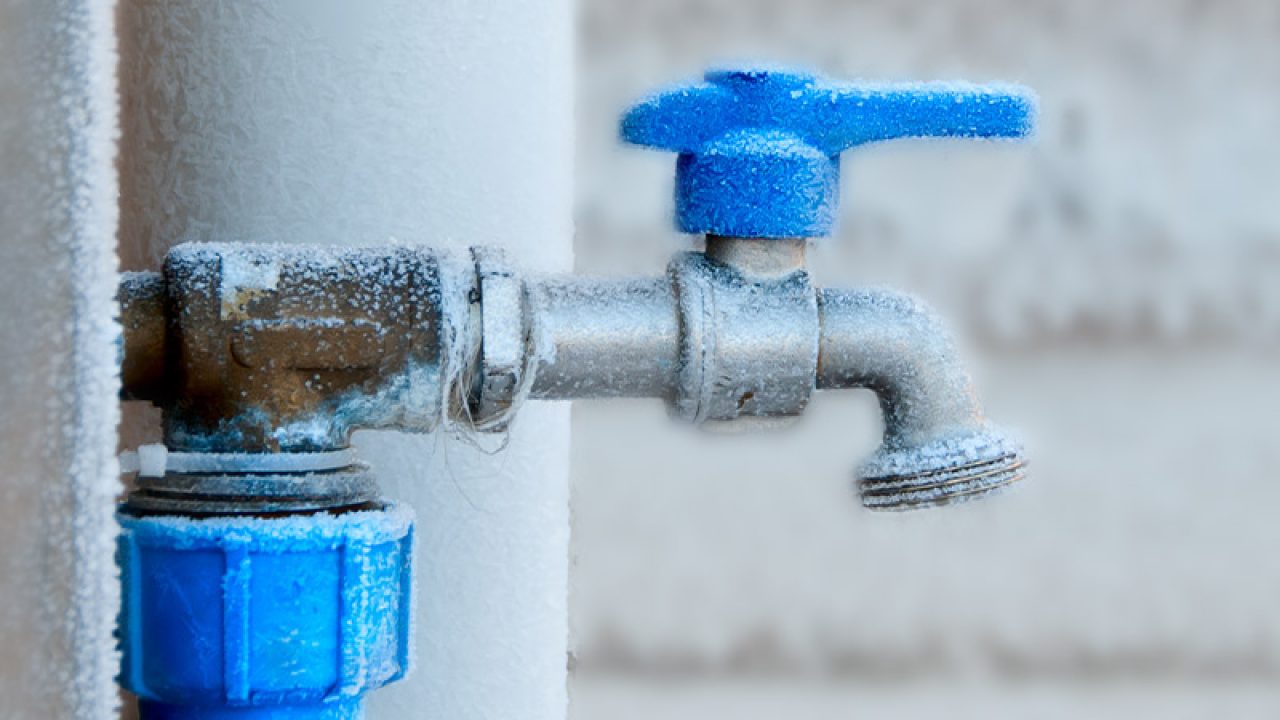Preventing Pipes from Cold Weather: Effective Strategies
Preventing Pipes from Cold Weather: Effective Strategies
Blog Article
How do you really feel on the subject of Preventing and dealing with frozen pipes?

Cold weather can damage your plumbing, specifically by freezing pipelines. Below's just how to prevent it from occurring and what to do if it does.
Introduction
As temperature levels drop, the danger of icy pipelines boosts, potentially bring about pricey repair services and water damages. Understanding exactly how to avoid icy pipes is vital for home owners in cold climates.
Prevention Tips
Protecting susceptible pipes
Wrap pipes in insulation sleeves or make use of heat tape to shield them from freezing temperature levels. Focus on pipes in unheated or exterior areas of the home.
Heating strategies
Keep interior spaces effectively heated up, especially locations with plumbing. Open up cabinet doors to permit warm air to distribute around pipelines under sinks.
Exactly how to recognize icy pipelines
Look for reduced water flow from faucets, uncommon odors or sounds from pipelines, and noticeable frost on revealed pipes.
Long-Term Solutions
Architectural modifications
Consider rerouting pipes far from outside wall surfaces or unheated areas. Include additional insulation to attic rooms, cellars, and crawl spaces.
Upgrading insulation
Purchase top notch insulation for pipes, attic rooms, and walls. Proper insulation aids maintain consistent temperature levels and lowers the risk of icy pipes.
Protecting Exterior Pipes
Garden hoses and outdoor taps
Disconnect and drain garden tubes before winter. Mount frost-proof spigots or cover outside taps with shielded caps.
Recognizing Frozen Pipelines
What creates pipelines to freeze?
Pipes freeze when revealed to temperatures listed below 32 ° F (0 ° C) for prolonged durations. As water inside the pipes freezes, it expands, putting pressure on the pipeline walls and possibly triggering them to rupture.
Risks and damages
Icy pipelines can result in water supply interruptions, building damages, and expensive repairs. Ruptured pipes can flooding homes and trigger substantial architectural damage.
Indications of Frozen Pipeline
Recognizing icy pipelines early can stop them from bursting.
What to Do If Your Pipelines Freeze
Immediate actions to take
If you think icy pipelines, maintain faucets available to ease pressure as the ice thaws. Make use of a hairdryer or towels soaked in warm water to thaw pipes slowly.
Verdict
Protecting against icy pipes needs positive steps and quick reactions. By recognizing the causes, indicators, and preventive measures, homeowners can safeguard their pipes throughout winter.
Helpful Tips to Prevent Frozen Pipes this Winter
UNDERSTANDING THE BASICS: WHY PIPES FREEZE AND WHY IT’S A PROBLEM
Water freezing inside pipes is common during the winter months, but understanding why pipes freeze, and the potential problems it can cause is crucial in preventing such incidents. This section will delve into the basics of why pipes freeze and the associated problems that may arise.
THE SCIENCE BEHIND FROZEN PIPES
When water reaches freezing temperatures, it undergoes a physical transformation and solidifies into ice. This expansion of water as it freezes is the primary reason pipes can burst. As the water inside the pipe freezes, it expands, creating immense pressure on the walls. If the pressure becomes too great, the pipe can crack or rupture, leading to leaks and water damage.
FACTORS THAT CONTRIBUTE TO PIPE FREEZING
Low Temperatures: Extremely cold weather, especially below freezing, increases the risk of pipes freezing. Uninsulated or Poorly Insulated Pipes: Pipes located in unheated areas, such as basements, crawl spaces, or attics, are more prone to freezing. Insufficient insulation or lack of insulation altogether exacerbates the problem. Exterior Wall Exposure: Pipes running along exterior walls are susceptible to freezing as they encounter colder temperatures outside. Lack of Heating or Temperature Regulation: Inadequate heating or inconsistent temperature control in your home can contribute to frozen pipes. PROBLEMS CAUSED BY FROZEN PIPES
- Pipe Bursting: As mentioned earlier, the expansion of water as it freezes can cause pipes to burst, resulting in significant water damage.
- Water Damage: When pipes burst, it can lead to flooding and water damage to your property, including walls, ceilings, flooring, and personal belongings.
- Structural Damage: Prolonged exposure to water from burst pipes can compromise the structural integrity of your home, leading to costly repairs.
- Mold and Mildew Growth: Excess moisture from water damage can create a favorable environment for mold and mildew growth, posing health risks to occupants.
- Disrupted Water Supply: Frozen pipes can also result in a complete or partial loss of water supply until the issue is resolved.
WHY CERTAIN PIPES ARE MORE PRONE TO FREEZING
- Location: Pipes located in unheated or poorly insulated areas, such as basements, crawl spaces, attics, or exterior walls, are at higher risk of freezing.
- Exterior Pipes: Outdoor pipes, such as those used for irrigation or exposed plumbing, are particularly vulnerable to freezing as they are directly exposed to the elements.
- Supply Lines: Pipes that carry water from the main water supply into your home, including the main water line, are critical to protect as freezing in these lines can affect your entire plumbing system.
- Underground Pipes: Pipes buried underground, such as those connected to sprinkler systems or outdoor faucets, can be susceptible to freezing if not properly insulated.
https://busybusy.com/blog/helpful-tips-to-prevent-frozen-pipes-this-winter/
:strip_icc()/snow-outdoor-faucet-pipes-4af65d1e5e904fb1aa7bf74071fe5d89.jpg)
We had been introduced to that report about How to Prevent Your Pipes From Freezing from a good friend on a different domain. Sharing is caring. Who knows, you will be helping someone out. Bless you for being here. Come back soon.
Booking Page Report this page